|
On a hill overlooking the Vally of the River Tyne there’s a handful of acres devoted to some very special plants. Dilston is a physic garden - not a pairing of words we’re used to hearing now, but a few hundred years ago everyone would have known its meaning. It’s a botanical medicine chest.
When we visit gardens open to the public we’re accustomed to carefully curated displays chosen for height, colour and dramatic effect. Dilston is different. In what appears to be a kind of chaos, the plants are arranged by botanical and curative relationships. Everything you need for a healing balm lies close together, aromatic herbs for creating teas or infusions are grouped in neighbouring beds. And the smells! To brush through the garden is to journey through an aromatic landscape. We’ve been on a couple of courses here - Wild Medicine, Wild Food and Making Autumnal Remedies. The results sit in our kitchen: a lotion for aching joints, an infusion to warm you on cold days, cough lozenges - all made from the plants of Dilston and all grounded in serious medical research. Inspired by our experiences at Dilston, a part of the Happy House garden is now being developed as a physic garden. So far we’ve outlined a quatrefoil sequence of beds, dug the trenches for brick paths and laid down a mix of healthy topsoil and compost. By this time next year we hope to be making our own remedies at home! www.dilstonphysicgarden.com
0 Comments
The Comfort of Things is a beautiful book by Daniel Miller. Along with Significant Objects by Joshua Glenn and Rob Walker and Taking Things Seriously by Joshua Glenn and Carol Hayes they form a magical trio of books that increase our understanding of how and why objects carry meaning and importance for us far beyond their material worth.
Balanced on top of this stack is a small opulence of a book - 'Tiny Treasures' written and illustrated by Yorkshire artist and designer and yogi Hannah Nunn. Hannah is a person who really gives the world the gift of her attention, she finds treasure every day in the natural world and this perfectly presented book captures that. Sometimes we keep objects because they link to our memories, or they are culturally significant to us. Reminders of who we are, how we got here and what is important to us. Sometimes it's the aesthetic of an object or its function that makes us want to treasure it. But those items we choose to keep, from the thousands and thousands that pass through our lives have stories that we treasure. “What five objects, things, or memories would you like to own again and why” Edith Marks (a question that is part of the Jewish Druts'yla tradition from my studies with Shonaleigh)
|
| At this time of year when the sun is at it’s height and the days are the longest we celebrate the Summer solstice. In ancient pagan and Celtic times we think this solstice was known as Litha. Litha is an ancient solar celebration, the high point of summer which was commemorated in some way by most agricultural societies. Stone circles, such as Stonehenge, were positioned in such a way as to emphasise the rising of the sun on Litha. Ancient traditions in Europe included rolling large wheels set on fire down hill into water. Celts and Christian monks have documented the lighting of hilltop bonfires, near holy wells, to welcome in the sunrise and to signify the sacred space between heaven and earth. These bonfires were also a totem of the sun’s full expansion. |
A few things to try at Summer Solstice:
Light a fire with friends/family and jump over it (carefully!). Have fun. Sing. Dance. Play. Eat.
Get up early to watch the Solstice sunrise. Take a picnic breakfast of your favourite foods and fruits. Lie on the earth, and feel the union between the earth, your skin. and the sun.
Drink Mead. Bees are at the pinnacle of honey making and mead was considered to be the nectar of the Gods, liquid sun, which has life-giving and magical properties. When you drink it think with gratitude of all the goodness in your life.
Create a Litha altar - an arrangement of natural objects, oak leaves and herbs. Focus on the colours of yellow, orange and gold.
SYMBOLS OF SOLSTICE
PLANT: SAINT JOHN’S WORT
Hypericum Perforatum
Saint John’s Wort, also sacred to Saint Joan, is the epitome of Midsummer with its sunny yellow blooms, redolent with healing properties, and its many associations with the Sun and the element of fire. It flowers at the Solstice and is customarily gathered on the 24th June, when both the Saints celebrate their feast days. It features in the foreground of Paul Nash's iconic painting The Landscape of the Summer Solstice.
Traditionally bringing this herb into your home on Midsummer provides protection from evil spirits, illness and fire. It would therefore be an auspicious herb to weave into a summer wreath for your door. You might also want to place some St John's Wort beside your bed, as it's strongly associated with dream magic and prophetic dreaming.
PLEASE NOTE: Saint John’s Wort has been used in herbalism for centuries. It contains powerful constituents which can cause reactions and interact with prescribed medication. Please do not use medicinally without referring to a qualified medical herbalist.
TREE: OAK
Quercus
The mighty Oak is the sentinel of Midsummer. It’s Celtic name ‘Duir’ means doorway;
standing as a portal between the seasons. The high-point of any walk is to find a huge hollow-oak in the landscape; you can literally step into that portal.
Perhaps because of its tendency to stand alone in the land, it is particularly prone to lightning strikes, but also has a remarkable ability to recover and regenerate. It was this characteristic that led to acorns being regarded as lucky charms and the old custom of placing acorns in your window to protect your house and ward off lightning strikes.
There is the wonderful tale of the Oak King and the Holly King, when the forces of summer and winter battle as the seasons turn. By Midsummer the Oak King is at the pinnacle of his strength and the Holly King at his lowest ebb. The Oak King will rule, until Holly regains his vigour in the Autumn, and the eternal cycle continues.
With thanks to both Kay Aldred and Sarah Heagney who contributed to this blog.
Light a fire with friends/family and jump over it (carefully!). Have fun. Sing. Dance. Play. Eat.
Get up early to watch the Solstice sunrise. Take a picnic breakfast of your favourite foods and fruits. Lie on the earth, and feel the union between the earth, your skin. and the sun.
Drink Mead. Bees are at the pinnacle of honey making and mead was considered to be the nectar of the Gods, liquid sun, which has life-giving and magical properties. When you drink it think with gratitude of all the goodness in your life.
Create a Litha altar - an arrangement of natural objects, oak leaves and herbs. Focus on the colours of yellow, orange and gold.
SYMBOLS OF SOLSTICE
PLANT: SAINT JOHN’S WORT
Hypericum Perforatum
Saint John’s Wort, also sacred to Saint Joan, is the epitome of Midsummer with its sunny yellow blooms, redolent with healing properties, and its many associations with the Sun and the element of fire. It flowers at the Solstice and is customarily gathered on the 24th June, when both the Saints celebrate their feast days. It features in the foreground of Paul Nash's iconic painting The Landscape of the Summer Solstice.
Traditionally bringing this herb into your home on Midsummer provides protection from evil spirits, illness and fire. It would therefore be an auspicious herb to weave into a summer wreath for your door. You might also want to place some St John's Wort beside your bed, as it's strongly associated with dream magic and prophetic dreaming.
PLEASE NOTE: Saint John’s Wort has been used in herbalism for centuries. It contains powerful constituents which can cause reactions and interact with prescribed medication. Please do not use medicinally without referring to a qualified medical herbalist.
TREE: OAK
Quercus
The mighty Oak is the sentinel of Midsummer. It’s Celtic name ‘Duir’ means doorway;
standing as a portal between the seasons. The high-point of any walk is to find a huge hollow-oak in the landscape; you can literally step into that portal.
Perhaps because of its tendency to stand alone in the land, it is particularly prone to lightning strikes, but also has a remarkable ability to recover and regenerate. It was this characteristic that led to acorns being regarded as lucky charms and the old custom of placing acorns in your window to protect your house and ward off lightning strikes.
There is the wonderful tale of the Oak King and the Holly King, when the forces of summer and winter battle as the seasons turn. By Midsummer the Oak King is at the pinnacle of his strength and the Holly King at his lowest ebb. The Oak King will rule, until Holly regains his vigour in the Autumn, and the eternal cycle continues.
With thanks to both Kay Aldred and Sarah Heagney who contributed to this blog.
How To Be Human
by Ruby Wax
Published by Penguin Books
We’ve done a lot of reading here in the Happy House this winter and one book which has truly enhanced our bookshelves is this.
It sounds like the set up for a joke: what do you get when you combine a stand-up comedian, a neuroscientist and a monk? Well, when the comedian is Ruby Wax, who set aside a career in laughter to take a masters degree in mindfulness therapy and campaigning for better mental health provision, the results are funny, insightful and inspiring.
We’ve learned a lot about the power mindfulness has to bring happiness and calm through the thoughts and practical exercises in this brilliant book. The theory, the science and the spiritual dimension of how we can set ourselves free of stress are explained here with depth but also with humour. Ruby covers evolution, thought, emotion, addiction, relationships and compassion. A great read.
Ian Scott Massie March 2022
by Ruby Wax
Published by Penguin Books
We’ve done a lot of reading here in the Happy House this winter and one book which has truly enhanced our bookshelves is this.
It sounds like the set up for a joke: what do you get when you combine a stand-up comedian, a neuroscientist and a monk? Well, when the comedian is Ruby Wax, who set aside a career in laughter to take a masters degree in mindfulness therapy and campaigning for better mental health provision, the results are funny, insightful and inspiring.
We’ve learned a lot about the power mindfulness has to bring happiness and calm through the thoughts and practical exercises in this brilliant book. The theory, the science and the spiritual dimension of how we can set ourselves free of stress are explained here with depth but also with humour. Ruby covers evolution, thought, emotion, addiction, relationships and compassion. A great read.
Ian Scott Massie March 2022
An Introduction to the Spring Equinox
Spring Equinox, also known as the Vernal Equinox or Ostara, is calendared falling March 21st-22nd each year. It signals the great reawakening of the Earth and the birthing of new life. At Imbolc the sap starts to rise and there is a quickening and swelling and a promise of life is visible in nature. At Ostara growth and life explodes into action.
The word Equinox means equal night and is the moment of night and day in perfect balance. Vernal means of Spring and so the Vernal Equinox marks the first day of Spring. Ostara is the pagan name for this Equinox and is part of the yearly cycle of festivals observed as part of the Wheel of the Year. The Wheel of the Year is anchored around four main annual, cross quarter point, solar events, Spring and Autumn Equinox and Summer and Winter Solstice. This cross symbology event in this wheel has been templated onto the hot cross bun, eaten at this time of year.
At Spring Equinox, the equator of the Earth is directly overhead at noon and moves through the centre of the disc of the visible sun. This is known as the First Point of Aries. A new astrological year begins as the Sun moves into the first zodiac sign, Aries. There is a huge shift in energy into the masculine, the Sun heats, instigates and motivates us into trailblazing action, autonomy and the light half of the year, the seasons of Spring and Summer.
Symbolism in the Spring Equinox
Gods/Goddesses
The triple Goddess returns as the Maiden from her winter Crone slumber in the underworld belly egg of the great Mother Goddess Gaia (the earth) at the Spring Equinox. The primary maiden goddess associated with this Equinox is Ostara, also known as Oestre, Eostre or Eastr. She is the Germanic Lunar Goddess of the Dawn and Spring, who is often depicted as part hare or holding a hare, the power animal of regenerative and cyclical shapeshifting which moves through birth and death, like the moon, and so is a totem of eternal life. She can also be seen as holding a willow basket of eggs, symbolising the potentiality, nourishment, birth and the time when animal’s sexual cycles are most fertile and we can make connections with estrogen the ovulation stimulating hormone. Pagans celebrate the sacred marriage of the Sun God and the maiden Goddess who conceives the Divine Child at this festival which she will birth as the Great Mother at Winter Solstice.
It is possible to see the appropriation of this festival by Christianity Easter, the death and resurrection, rebirth, of Christ, the Light. Easter occurs on the first Sunday after the first full moon after Spring Equinox. The hare has become the Easter bunny in modern day celebrations.
Colours
Colours of this festival are pink, green and yellow and so connecting with crystals which carry the frequency of this is useful. Rose quartz especially.
Plants
TREE: BIRCH
Purity – Renewal – Hope
Elegant Birch, comes into leaf in early Spring, a herald of the vernal equinox and of Ostara/Easter. Appositely, Birch twigs were used to make besom brooms. A new broom sweeps clean, as the saying goes, and this is particularly significant for the new life, fertility and fresh beginnings that is the promise of Ostara.
The graceful character of Birch, also called the Lady of the Woods, belies its hardiness. In fact, it is known as a pioneer tree because of its capacity to thrive in the most inhospitable of places; often the first tree to return to a woodland after some natural disaster has befallen.
This elegant, native tree has become rooted in the fabric and history of our islands. For instance, Beating the Bounds was an ancient custom, still practised in some parts of Britain, where bundles of birch or willow twigs were used to tap on landmarks along the boundary of the Parish, formally establishing and preserving the boundaries. The protective qualities of Birch were also employed in making cradles for new-borns, in the belief that the wood shielded babies from malign spirits and would thwart any attempts by the faery folk to steal the baby and replace it with a changeling. During a less enlightened part of our history, being ‘birched’ was synonymous with the widespread practice of corporal punishment (using bundles of twigs) applied to unfortunate school children, criminals and sea-farers. Happily, times have changed!
PLANT: VIOLET
Venus – Loyalty – Love
The Spring equinox is the flowering time of year, even the full moon in May is known as the Flower Moon. An entrancing, but oft overlooked wildflower appearing at this time of year is the Violet; a dainty addition to grassy banks and woodland edges. If you come across fragrant flowers, then you have found Sweet Violets Viola odorata. If scentless, then it is likely you have discovered Common Dog Violet Viola riviniana.
In fact, a common myth surrounding Sweet Violet is that, as you inhale the fragrance, the flower steals away your sense of smell, leading to the saying ‘You can only smell violets once.’ If you should have this experience, don’t be alarmed, the effect is only temporary, due to active compounds in the plant that de-sensitize the smell receptors in your nose.
Violets have been popular additions to British gardens since Mediaeval times. In the symbolism of this period, they were linked with Roses and Lilies as the flowers of Paradise, and were put to many fascinating uses. For instance, a floral water made of boiled Violets came highly recommended for ‘diseases of the groin’ and a rather more delightful sounding pudding recipe called ‘Vyolette’ was made from the flower petals, milk and almonds.
Most folk-tales associated with this charming flower are positive ones. Dreaming of Violets is particularly good news, believed to indicate you are about to come into good fortune.
Sweet Violets, along with their deep green heart-shaped leaves, have many links with love and romance and are forever immortalised in the Valentine’s rhyme ‘Roses are red, Violets are blue’. They also crop up in the love story between Napoleon and Josephine, being the lady’s favourite flower and, on Napoleon’s death, a lock of Josephine’s hair and some pressed violets were found in a locket around his neck.
Rituals to do at Spring Equinox
Spring cleaning your home
Life audit and assessment make plans for all areas of your life
Write a prayer or poem or creative a celebratory piece of art of gratitude for the Earth
Planting seeds with the intention of abundance and manifestation for herbs, vegetables, flowers you can use during autumn and winter
Standing again at tree trunk to receive the rising lifeforce energy flow
Love making
Hanging prayer flags or streamers in trees of your garden to harness the energy
Creating an altar themed around the colours, mythos, energies and symbols of the festival
Egg painting
Gods/Goddesses
The triple Goddess returns as the Maiden from her winter Crone slumber in the underworld belly egg of the great Mother Goddess Gaia (the earth) at the Spring Equinox. The primary maiden goddess associated with this Equinox is Ostara, also known as Oestre, Eostre or Eastr. She is the Germanic Lunar Goddess of the Dawn and Spring, who is often depicted as part hare or holding a hare, the power animal of regenerative and cyclical shapeshifting which moves through birth and death, like the moon, and so is a totem of eternal life. She can also be seen as holding a willow basket of eggs, symbolising the potentiality, nourishment, birth and the time when animal’s sexual cycles are most fertile and we can make connections with estrogen the ovulation stimulating hormone. Pagans celebrate the sacred marriage of the Sun God and the maiden Goddess who conceives the Divine Child at this festival which she will birth as the Great Mother at Winter Solstice.
It is possible to see the appropriation of this festival by Christianity Easter, the death and resurrection, rebirth, of Christ, the Light. Easter occurs on the first Sunday after the first full moon after Spring Equinox. The hare has become the Easter bunny in modern day celebrations.
Colours
Colours of this festival are pink, green and yellow and so connecting with crystals which carry the frequency of this is useful. Rose quartz especially.
Plants
TREE: BIRCH
Purity – Renewal – Hope
Elegant Birch, comes into leaf in early Spring, a herald of the vernal equinox and of Ostara/Easter. Appositely, Birch twigs were used to make besom brooms. A new broom sweeps clean, as the saying goes, and this is particularly significant for the new life, fertility and fresh beginnings that is the promise of Ostara.
The graceful character of Birch, also called the Lady of the Woods, belies its hardiness. In fact, it is known as a pioneer tree because of its capacity to thrive in the most inhospitable of places; often the first tree to return to a woodland after some natural disaster has befallen.
This elegant, native tree has become rooted in the fabric and history of our islands. For instance, Beating the Bounds was an ancient custom, still practised in some parts of Britain, where bundles of birch or willow twigs were used to tap on landmarks along the boundary of the Parish, formally establishing and preserving the boundaries. The protective qualities of Birch were also employed in making cradles for new-borns, in the belief that the wood shielded babies from malign spirits and would thwart any attempts by the faery folk to steal the baby and replace it with a changeling. During a less enlightened part of our history, being ‘birched’ was synonymous with the widespread practice of corporal punishment (using bundles of twigs) applied to unfortunate school children, criminals and sea-farers. Happily, times have changed!
PLANT: VIOLET
Venus – Loyalty – Love
The Spring equinox is the flowering time of year, even the full moon in May is known as the Flower Moon. An entrancing, but oft overlooked wildflower appearing at this time of year is the Violet; a dainty addition to grassy banks and woodland edges. If you come across fragrant flowers, then you have found Sweet Violets Viola odorata. If scentless, then it is likely you have discovered Common Dog Violet Viola riviniana.
In fact, a common myth surrounding Sweet Violet is that, as you inhale the fragrance, the flower steals away your sense of smell, leading to the saying ‘You can only smell violets once.’ If you should have this experience, don’t be alarmed, the effect is only temporary, due to active compounds in the plant that de-sensitize the smell receptors in your nose.
Violets have been popular additions to British gardens since Mediaeval times. In the symbolism of this period, they were linked with Roses and Lilies as the flowers of Paradise, and were put to many fascinating uses. For instance, a floral water made of boiled Violets came highly recommended for ‘diseases of the groin’ and a rather more delightful sounding pudding recipe called ‘Vyolette’ was made from the flower petals, milk and almonds.
Most folk-tales associated with this charming flower are positive ones. Dreaming of Violets is particularly good news, believed to indicate you are about to come into good fortune.
Sweet Violets, along with their deep green heart-shaped leaves, have many links with love and romance and are forever immortalised in the Valentine’s rhyme ‘Roses are red, Violets are blue’. They also crop up in the love story between Napoleon and Josephine, being the lady’s favourite flower and, on Napoleon’s death, a lock of Josephine’s hair and some pressed violets were found in a locket around his neck.
Rituals to do at Spring Equinox
- Renewal and cleansing rituals:
Spring cleaning your home
Life audit and assessment make plans for all areas of your life
Write a prayer or poem or creative a celebratory piece of art of gratitude for the Earth
- Union rituals
Planting seeds with the intention of abundance and manifestation for herbs, vegetables, flowers you can use during autumn and winter
Standing again at tree trunk to receive the rising lifeforce energy flow
Love making
- Celebrating the rebirth of the Light, Warmth and Action
Hanging prayer flags or streamers in trees of your garden to harness the energy
Creating an altar themed around the colours, mythos, energies and symbols of the festival
Egg painting
Author
Josie Beszant and/or Ian Scott Massie, both artists from Masham North Yorkshire, Uk.
Archives
April 2024
March 2024
November 2023
October 2023
September 2023
August 2023
July 2023
June 2023
April 2023
March 2023
February 2023
January 2023
December 2022
November 2022
October 2022
September 2022
August 2022
July 2022
June 2022
March 2022
December 2021
September 2021
Categories
Happy House Masham, 24, Market Place, Masham, North Yorkshire. HG4 4EB

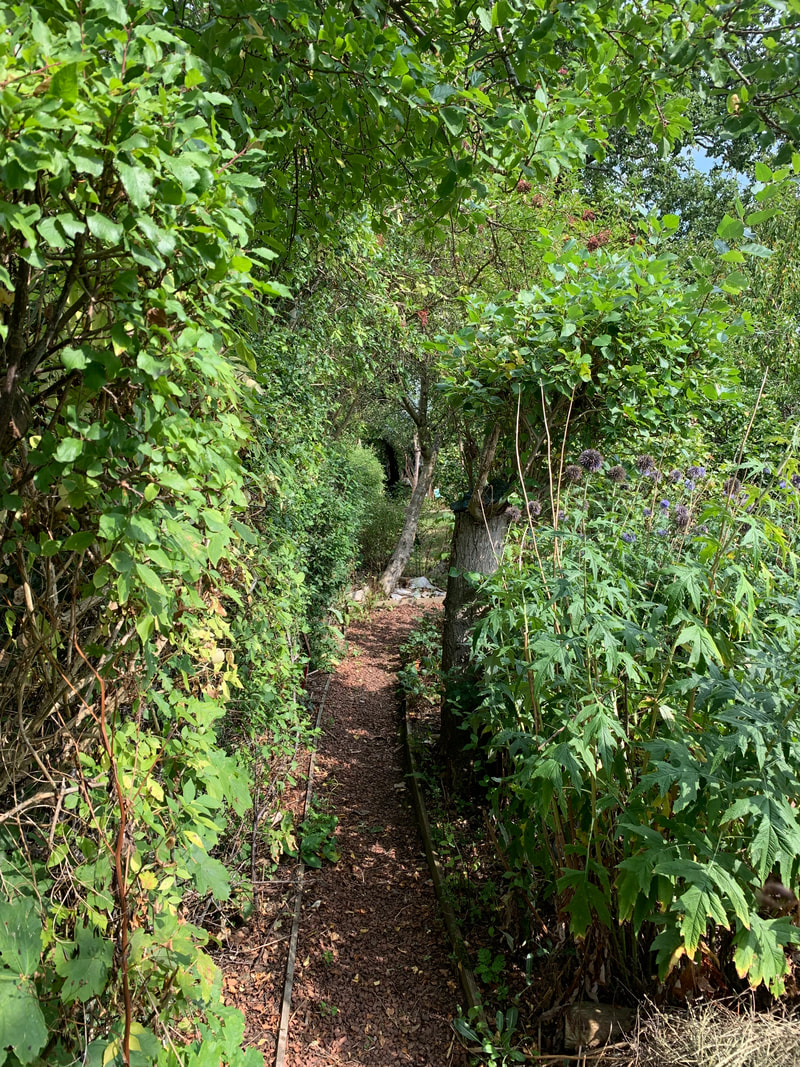
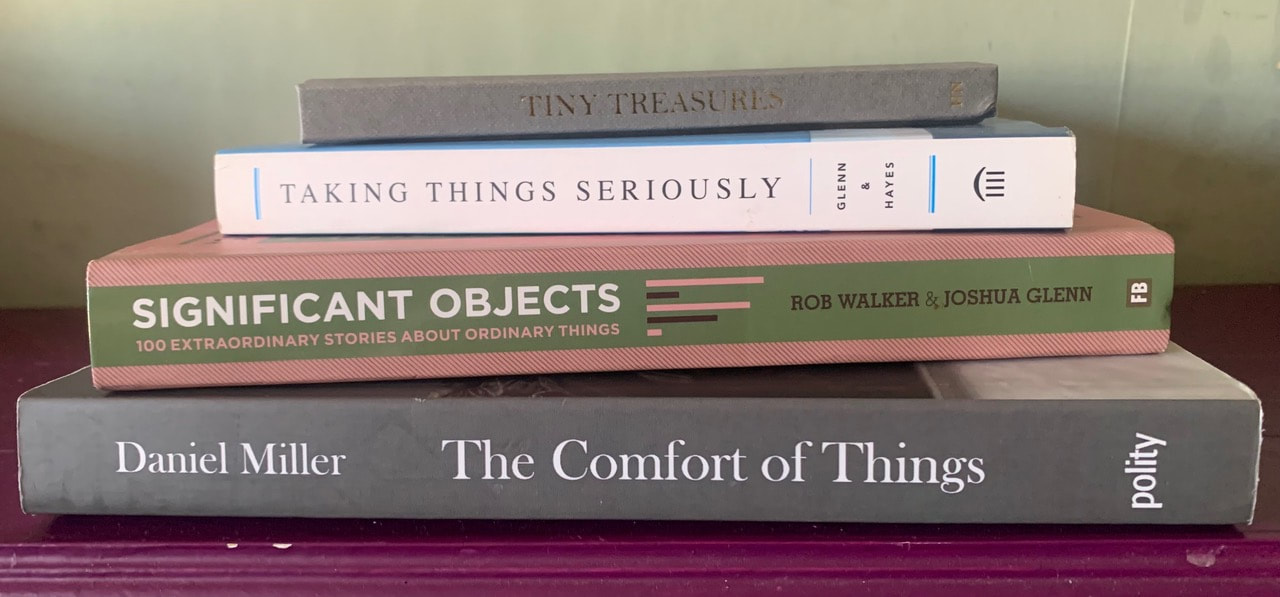
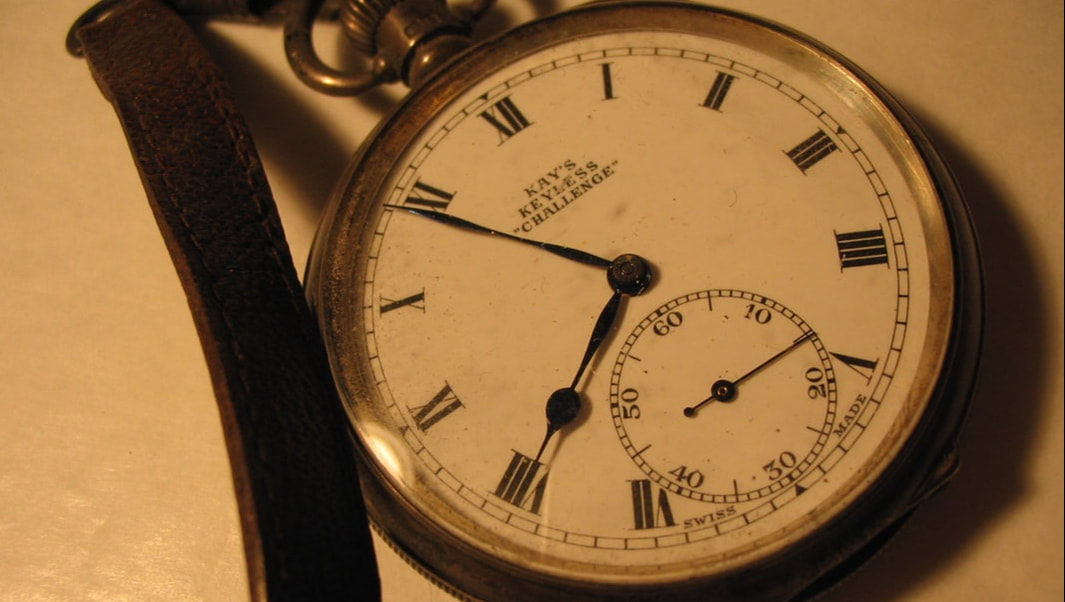
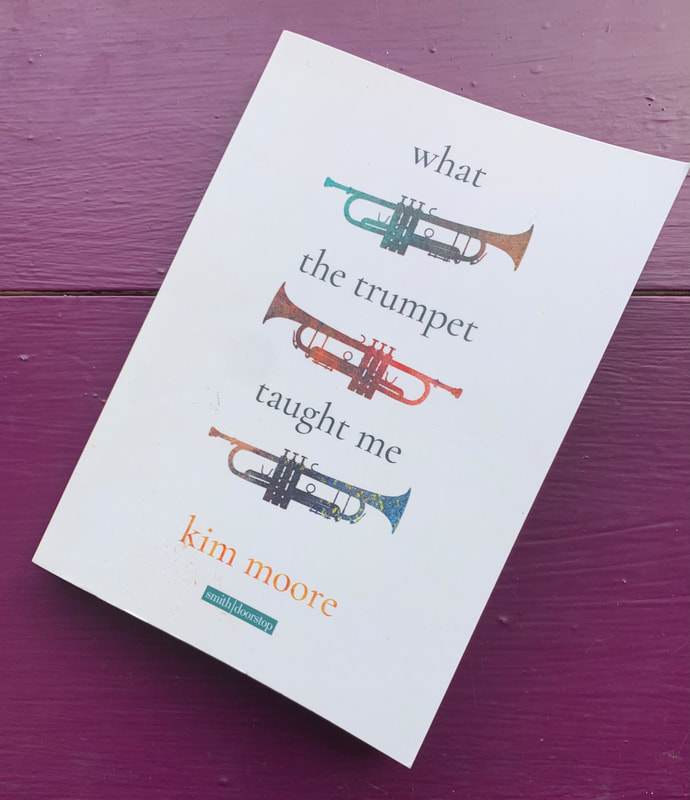
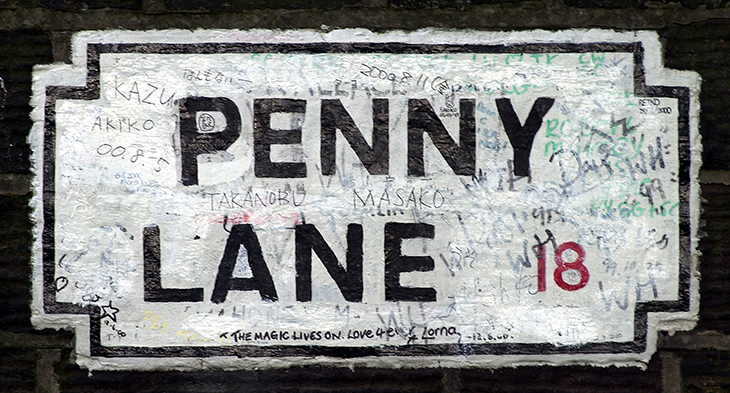

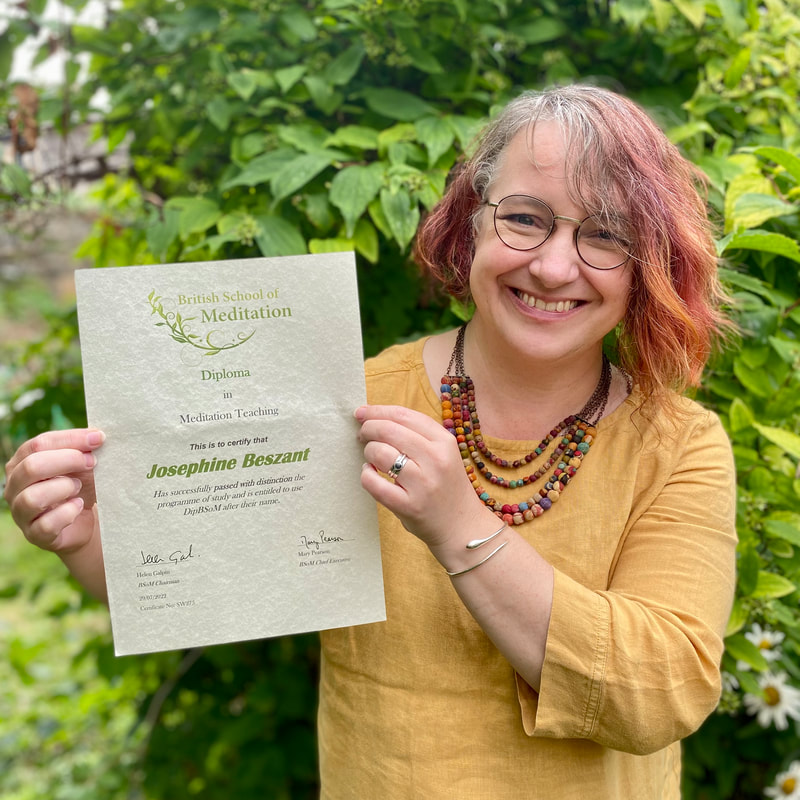

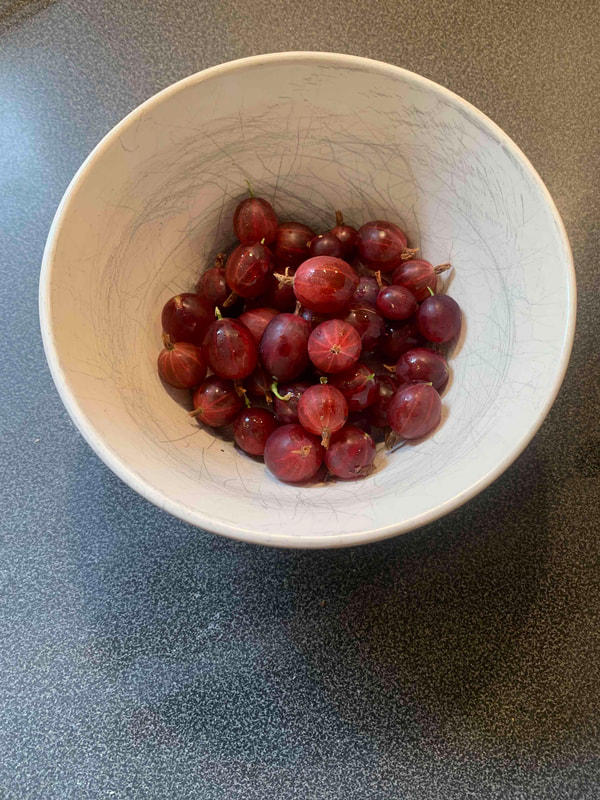
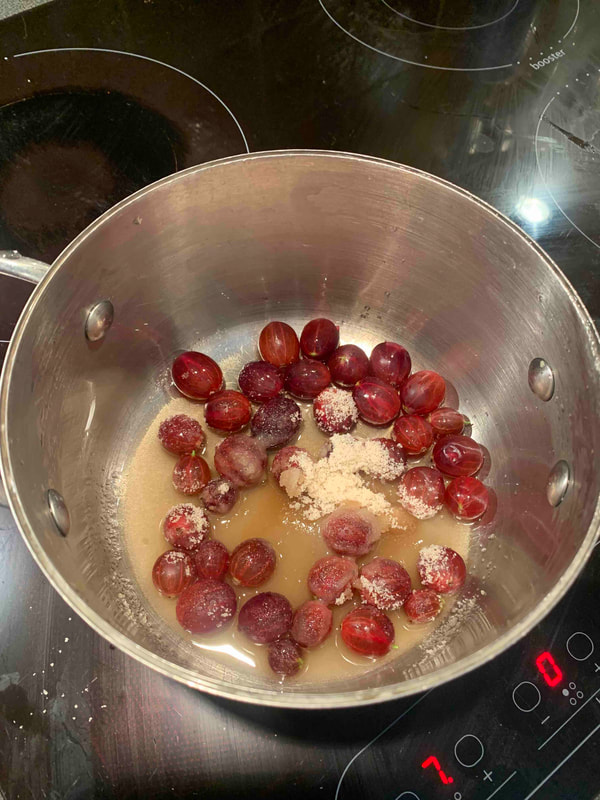
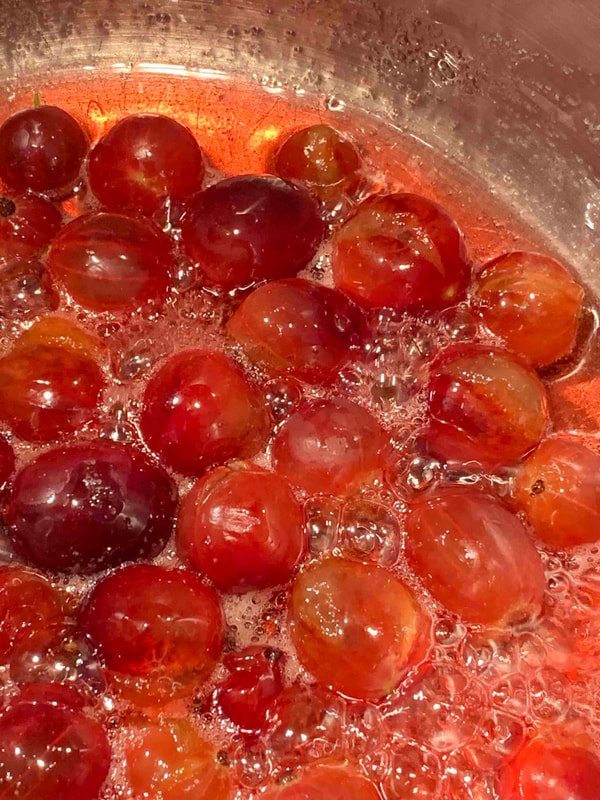
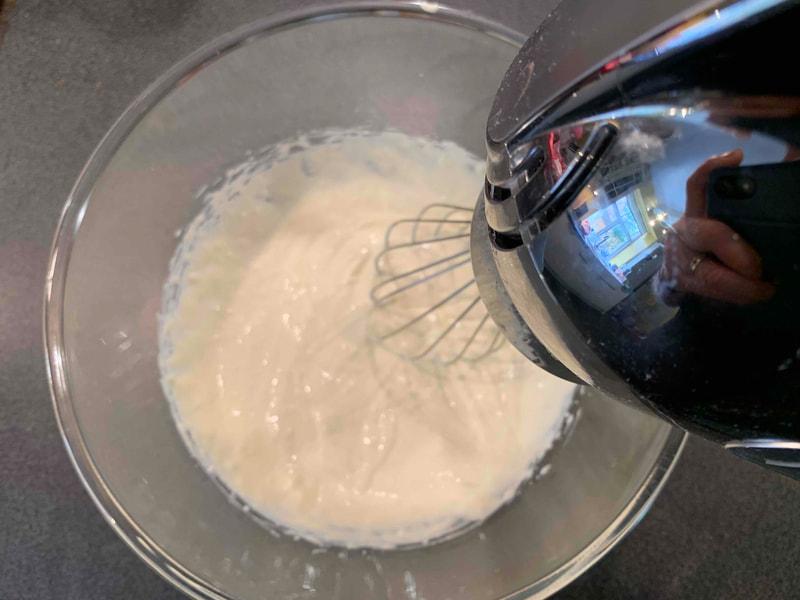
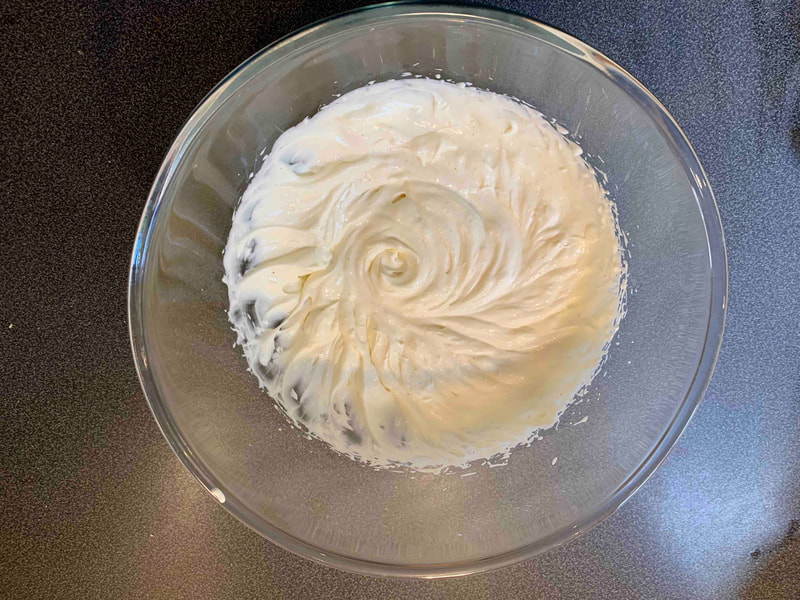
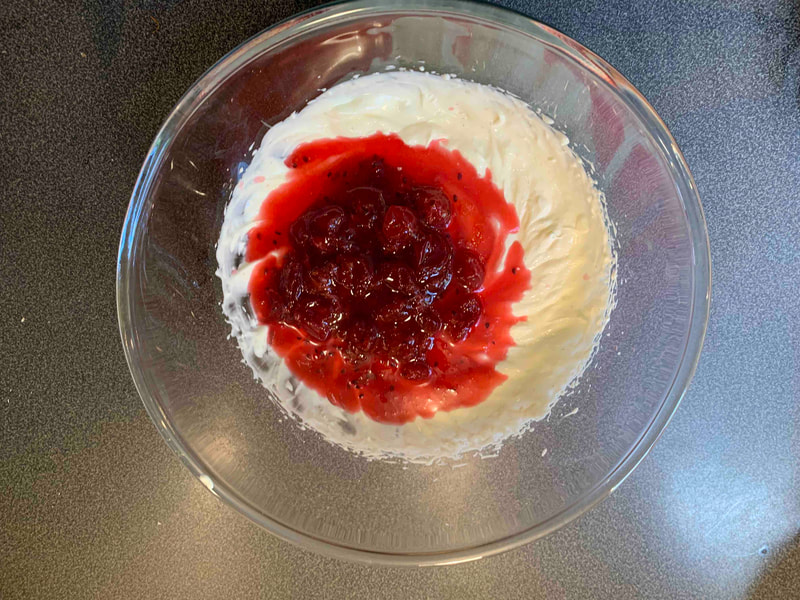
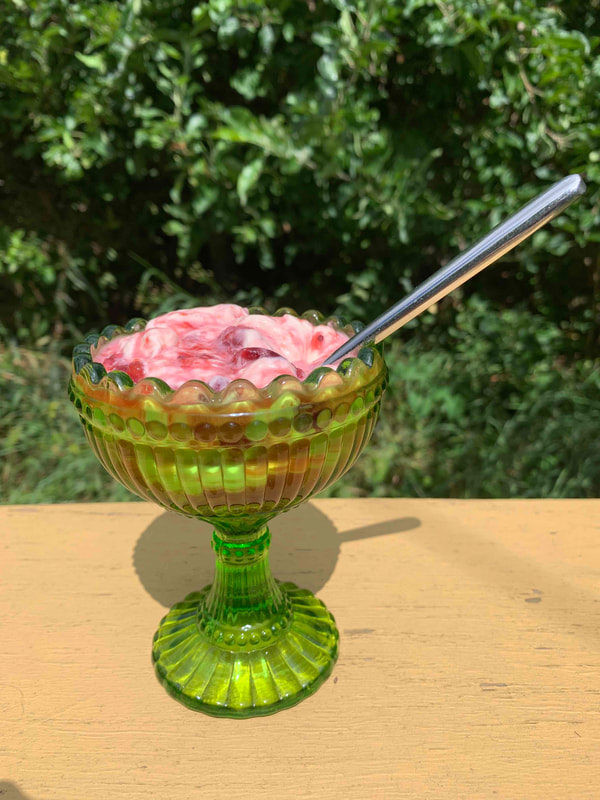
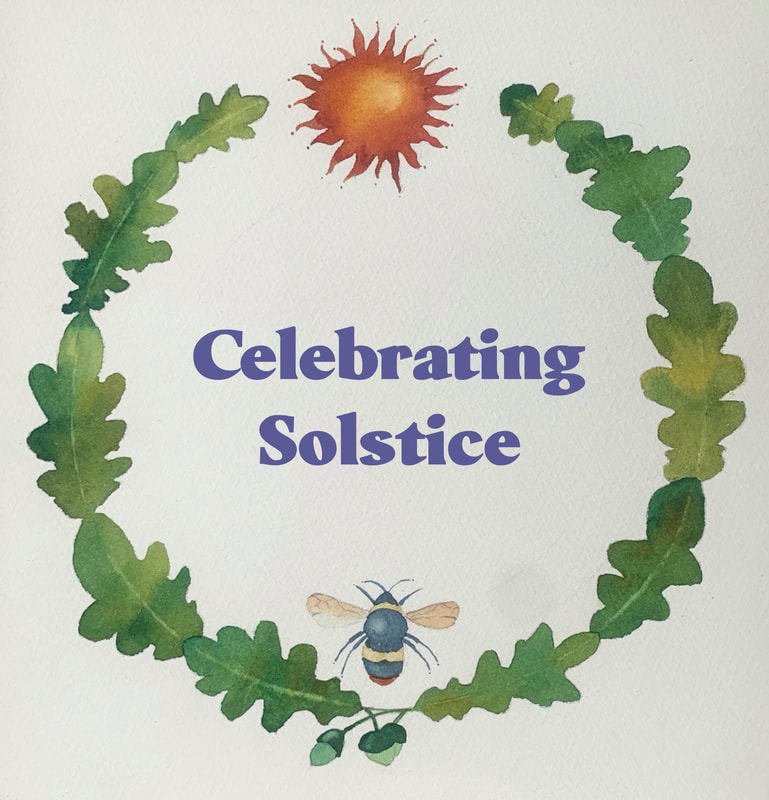
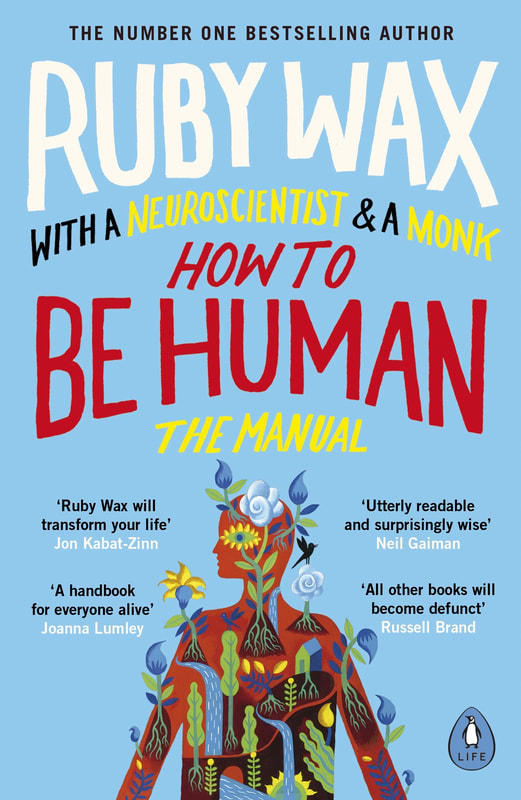
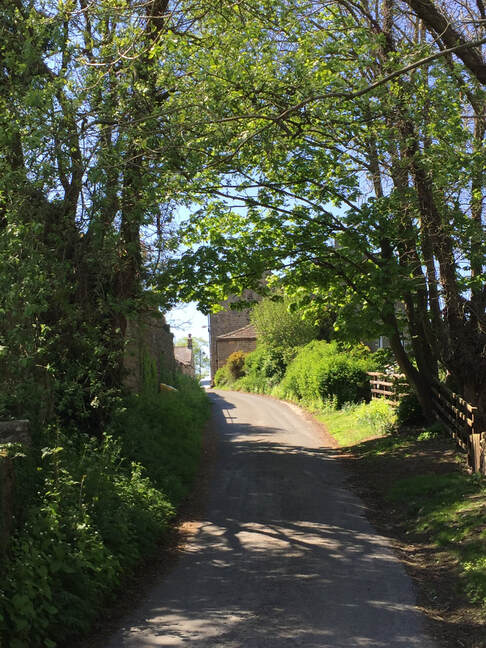
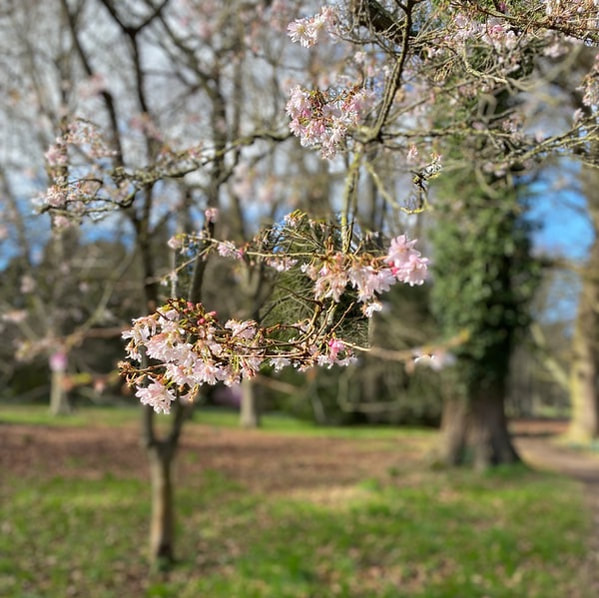
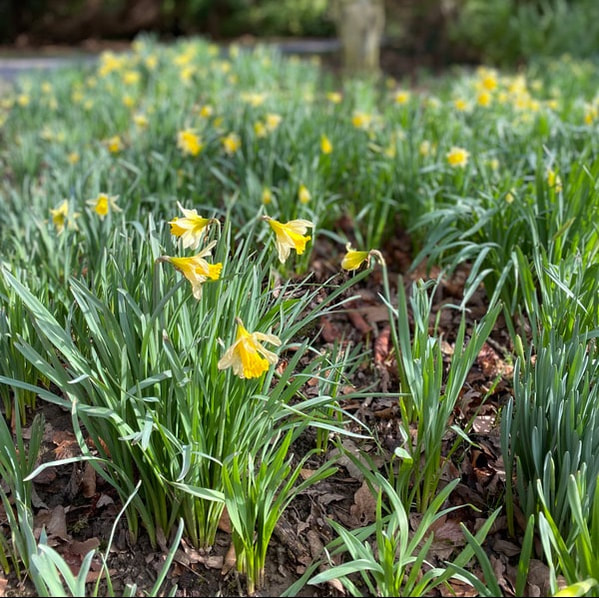
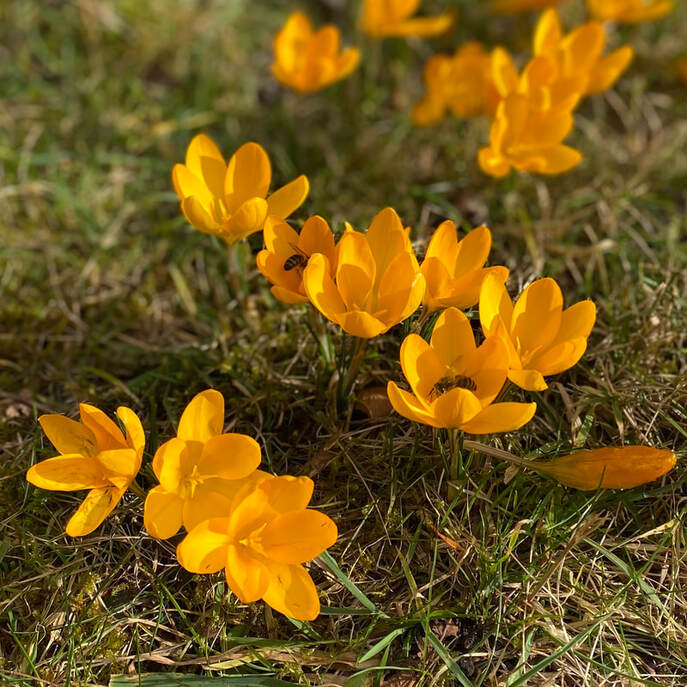
 RSS Feed
RSS Feed